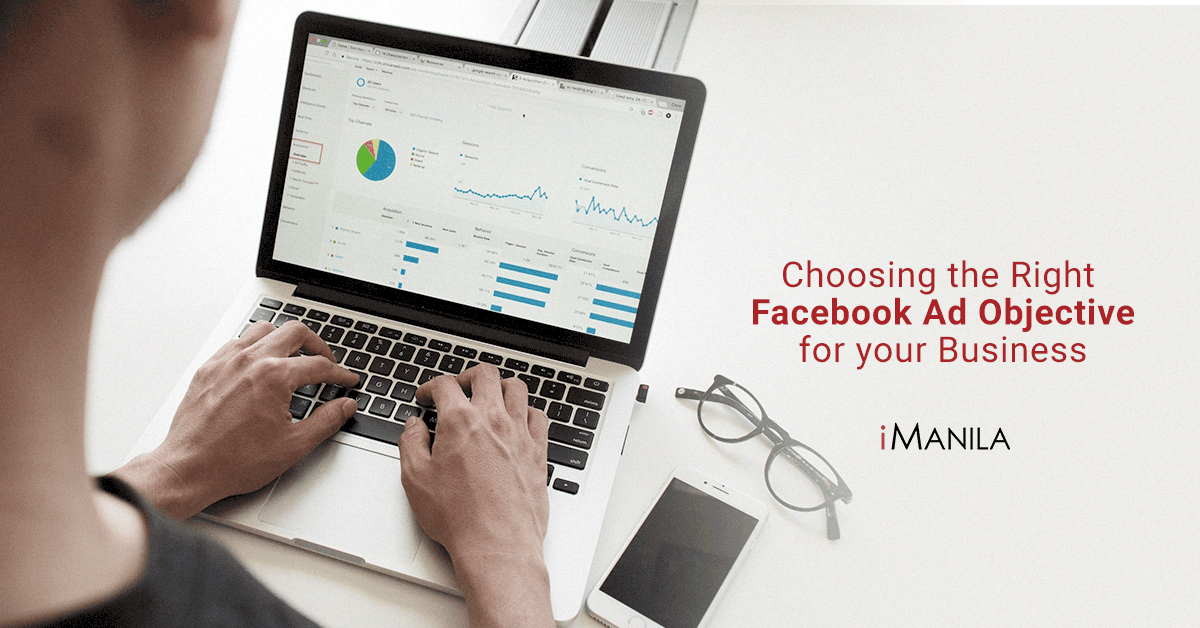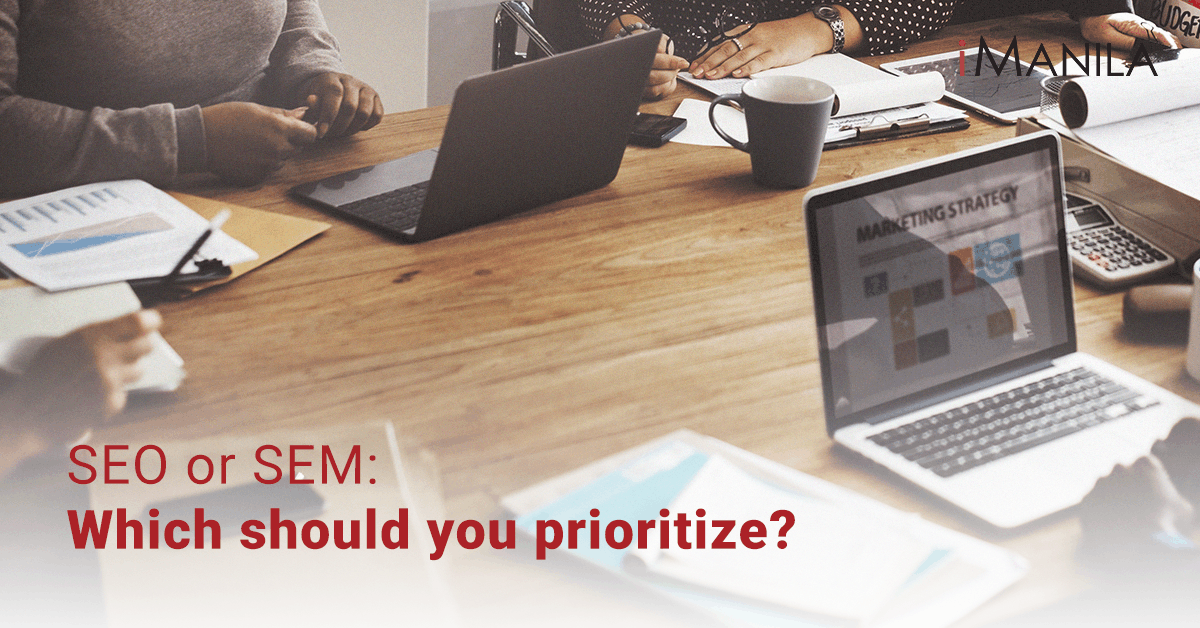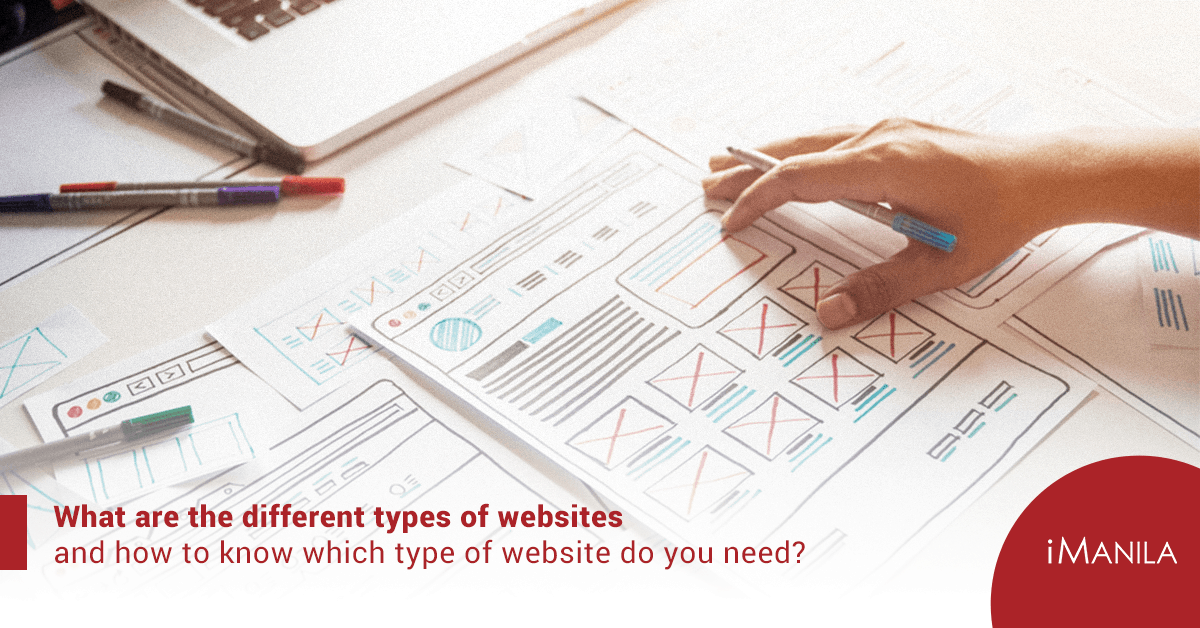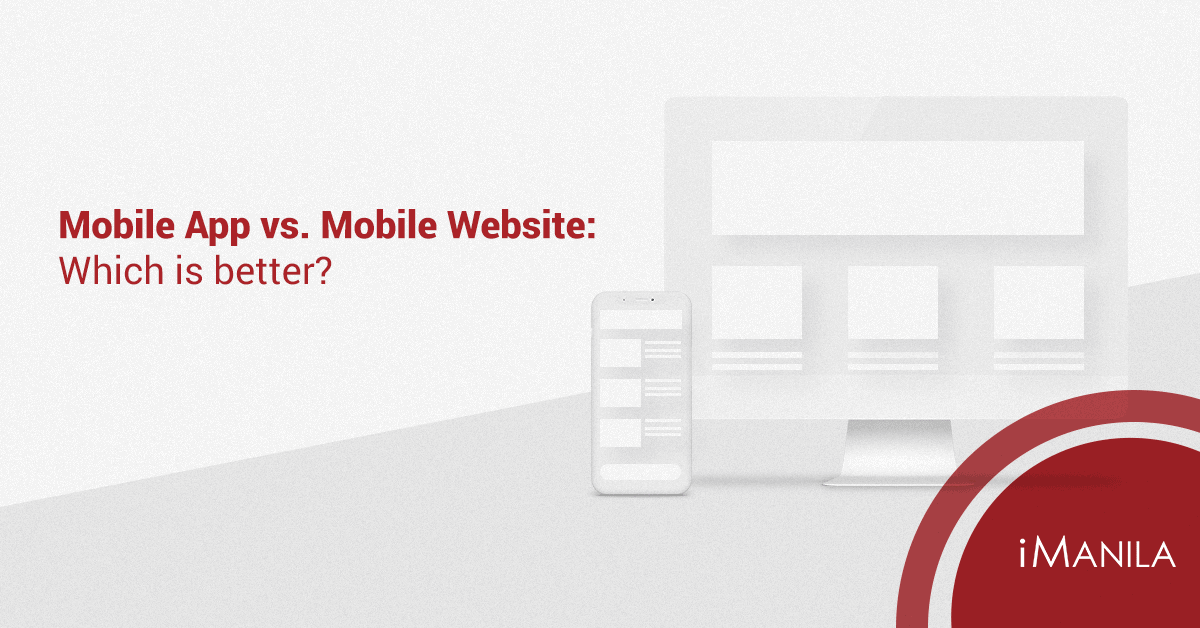Pros and Cons of User Generated Content
In today’s modern times, we live and breathe user-generated content (UGC) whether knowingly or unknowingly. It has gotten rapid popularity due to its easy access for users. So what is it exactly?
User-generated content is any content whether text, video, images, reviews, that are created by the people themselves instead of the brands. The brands will then share these content on their social media pages, websites, and other channels. The platforms that best utilize these are Instagram and YouTube, where users can upload photos and videos on their own profile.
You may be asking, why do people love creating their own content? Firstly, people like to express themselves, whether it’s making a product review video or taking aesthetic shots of a certain product. Making user generated content is a good way to let them both express themselves while at the same time promoting their personal values.
As a business owner, it’s important to understand how you can benefit from user-generated content and at the same time, the negatives that come along with it to better your marketing strategies.
The Good
Because it essentially lets users do the content, it can help reduce your content burden. Conceptualizing and creating content is a challenge for any marketer. Add that to the multitudes of available content ideas online, it is hard to come up with something distinctly original. UGC can offer a different perspective to possible customers even with it just being a simple review, or discussions among customers in blog comments sections. Congruent with this is also that you can save time and money as content takes time to create which can leave you free to do other productive things.
Another reason is to improve your reach and engagement. Campaigns in Facebook, Twitter, and Instagram that involve the use of hashtags are an example. Each time users put the specific hashtag on their posts, they are able to drive engagement to their network of followers and friends. It is said that effective UGC can generate up to 7 times more engagement than content created by brands, which can trickle down to more sales.
UGC are made by real people with faces and stories their friends and followers know, which is why it creates trust and authenticity for your brand. Data shows that users are 2.4 times more likely to view UGC as authentic compared to content by real brands which is a good credibility boost for any brand. Modern customers also prefer knowing what they’re getting before they order and that means not just check the official pages of the brand but also customer reviews. 92% of consumers trust reviews from people they know, and 70% from online reviews.
The Not So Good
Just with all positives there are negatives and one of those is having negative content. You can only have so much control over the kind of experience your customer will have and not everyone will like the products or services you are selling. People tend to be biased. It is never a good thing to completely moderate over the bad content and censor them as it can always backfire.
As mentioned there is also the need to monitor content because although anyone can express what they want freely, people can turn nasty and malicious online. This is also a method to fight back on spam, which is counterproductive to user-generated content.
There is potential for legal issues to look out for especially as the content is posted by the users, giving them rights to it. Reposting it without the proper attribution is risky, but should you follow through with this, you should not come across any legal problems.
The Verdict?
While there are disadvantages, the advantages clearly outweigh them. UGC can give you that level of trust and authenticity your own marketing campaigns alone cannot capture while at the same time and money in creating content. Even with the possibilities of getting negative reviews, you are able to have content that is far reaching and can even spark dialogue between potential customers.
It is important to know the upsides and downsides to user-generated marketing because this is a good strategy to have for any business. Unlock the benefits of user-generated content for your business- talk with our experts and see how iManila can help your brand’s digital marketing efforts. Leave us a message or email us at info@imanila.ph.








